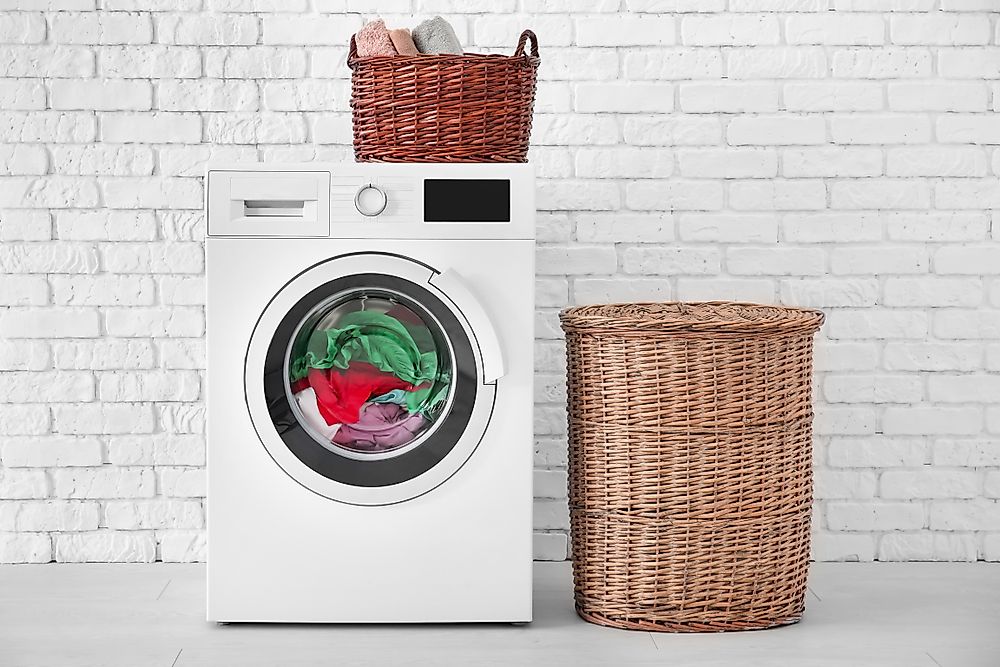Who Invented the Washing Machine?

The true inventor of the washing machine is not known. There have been multiple individuals who have been attributed as the originator of this household appliance. There is evidence suggesting that washing machines have been in use as early as the 16th century. These machines, however, do not bear any resemblance to modern-day machines. Many individuals have contributed to the design and development of washing machines. From ancient wash-houses that employed abrasive sand to remove dirt from the modern appliances, washing machines have evolved tremendously. The earliest patent classified under washing machines dates back to 1691 in England.
Earliest Washing Machines
In 1767, German scientist Jacob Christian Schaffer invented the washing machine. Schaffer was a jack-of-all-trades holding degrees in theology and philosophy. He was also a member of multiple academic societies. The first patent for a rotating drum washing machine was issued by Henry Sidgier in 1782. Edward Beetham successfully marketed and sold multiple ‘patent washing mills’ across England in the early years of the 1790s. Three decades after Schaffer’s washing machine in 1797, the scrub board was created to facilitate clothes washing. In the same year, the first patent titled ‘Clothes Washing’ was awarded to a New Hampshire inventor Nathaniel Briggs. There is, however, no depiction of the device owing to the 1836 fire of the patent office.
Drum and Rotary Washing Machines
In 1851, James King issued a patent for a washing machine that featured a drum. This device is the earliest relative of modern day washing machines. Although the device was still mostly mechanical, physical exertion was considerably reduced. King’s machine had an engine that was started using a crank. Throughout the 1850s there were improvements made on King’s drum-fitted washing machine. Washing machines did not feature a spinning mechanism until 1858 when Hamilton Smith issued the patent for a rotary washing machine. In 1861, James King included a wringer in his drum machine. All this time, the washing machines manufactured were primarily for commercial use. They were either too expensive for many to afford, or were too cumbersome to employ in the household for laundry cleaning. The first machine designed specifically for domestic use was created in Indiana by William Blackstone. He created the machine for his wife as a gift in 1874.
Electricity-powered Machines
Electricity-powered washing machines came into the market at the beginning of the 18th century. The first machine was nicknamed The Thor. Alva J. Fisher invented it in 1901. It featured a galvanized tub powered by an electric motor. The same year, metal drums replaced wooden drums. The Hurley Machine Company manufactured the earliest electric washing machines using Fisher’s prototype in 1908. A patent for this device was issued on August 9, 1910.
Modern Machines
There are different variations of washing machines available in the market today. Some of the most prominent manufacturers include LG, Bosch, and Samsung among others. Although each of these modern machines has unique patented features, they all borrow some aspects of the early washing machines. Performance is no longer a problem in washing machines as was the case with early devices. Today’s washing machine designs are focused primarily on efficiency and reduced consumption of energy and water.











